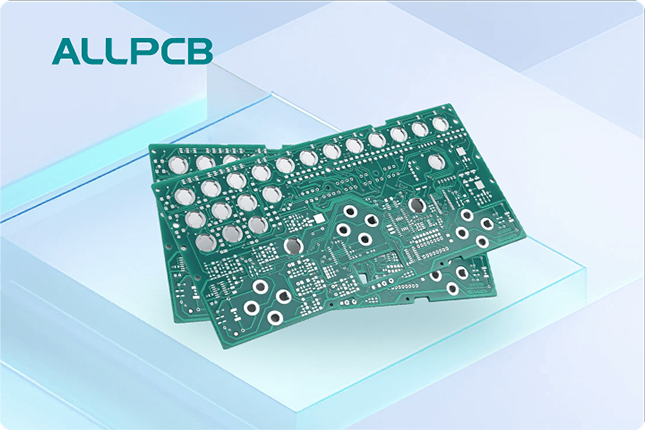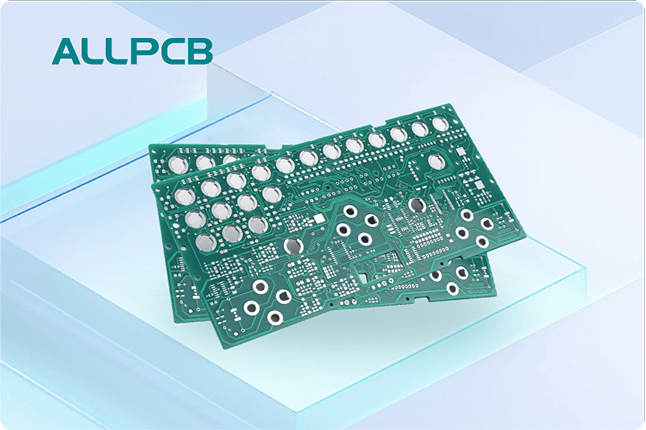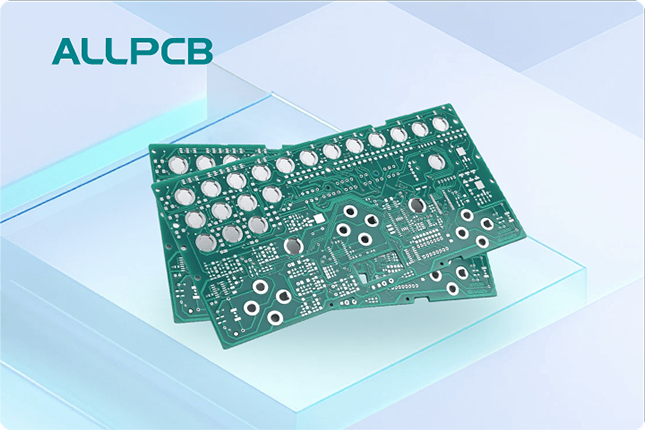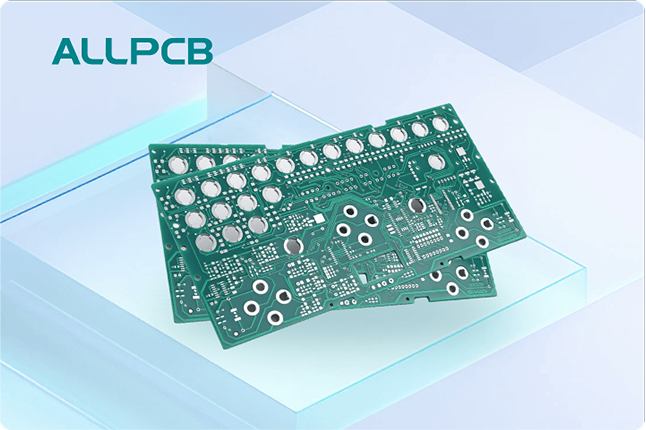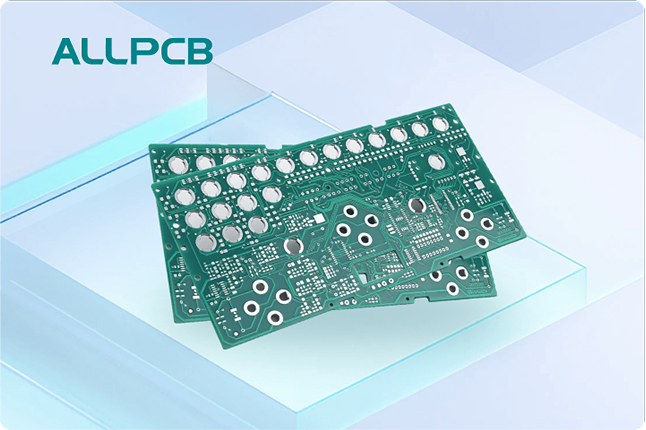If you're searching for answers about hidden PCB manufacturing costs, unexpected PCB expenses, or PCB cost overruns, you're in the right place. These sneaky expenses can quickly inflate your budget if you're not prepared. In this comprehensive guide, we'll uncover the top 10 hidden costs in PCB manufacturing and provide actionable tips to avoid PCB manufacturing pitfalls and PCB price surprises. Whether you're a seasoned engineer or a startup founder, understanding these costs can save you time, money, and headaches.
Why Hidden Costs in PCB Manufacturing Matter
Manufacturing printed circuit boards (PCBs) is a complex process with many variables that impact the final price. While you might get a basic quote for your design, there are often hidden or unexpected costs that aren't immediately obvious. These can include fees for design revisions, material upgrades, or rushed production timelines. Ignoring these unexpected PCB expenses can lead to significant budget overruns, delayed projects, and compromised quality. By identifying and planning for these costs, you can streamline your production process and keep your project on track.
Top 10 Hidden Costs in PCB Manufacturing
Let's dive into the most common hidden costs that catch many engineers and businesses off guard. For each cost, we'll explain what it is, why it happens, and how to avoid falling into these PCB manufacturing pitfalls.
1. Design Errors and Revisions
One of the biggest sources of hidden PCB manufacturing costs comes from design errors. Mistakes in your schematic or layout—like incorrect impedance values (e.g., designing for 50 ohms when 75 ohms is needed) or improper trace spacing—can lead to non-functional boards. Fixing these issues often requires costly redesigns and additional prototype runs, sometimes costing hundreds or thousands of dollars per iteration.
How to Avoid: Invest time in thorough design reviews before submission. Use simulation tools to check for signal integrity issues and ensure your design meets manufacturing tolerances. Double-check critical specs like layer stack-up and via placement to prevent costly revisions.
2. Underestimating Material Costs
The choice of materials significantly impacts your PCB cost. Standard FR-4 material is affordable, often costing around $0.50 to $1.00 per square inch for basic designs. However, if your project requires high-frequency materials like Rogers 4350B for better signal performance at frequencies above 1 GHz, costs can jump to $5.00 or more per square inch. Many overlook these price differences during initial budgeting, leading to PCB price surprises.
How to Avoid: Research material options early and match them to your performance needs. If high-frequency materials aren't essential, stick to cost-effective alternatives. Request material cost estimates from your manufacturer during the planning stage.
3. Complex Layer Counts
Adding more layers to a PCB increases manufacturing complexity and cost. A simple 2-layer board might cost $2.00 per unit, while a 6-layer board for advanced applications can cost $10.00 or more per unit. Some designers add unnecessary layers without realizing the price impact, contributing to PCB cost overruns.
How to Avoid: Optimize your design to use the minimum number of layers needed. If a 4-layer board can handle your routing needs instead of a 6-layer, make the switch. Consult with your manufacturer to confirm if layer reduction is feasible without sacrificing functionality.
4. Tight Tolerances and Special Features
Designing with tight tolerances—like trace widths below 5 mils or via diameters under 0.2 mm—often requires advanced manufacturing processes. These specs can increase costs by 20-50% due to specialized equipment and slower production times. Features like blind vias or controlled impedance also add to the bill, creating unexpected PCB expenses.
How to Avoid: Stick to standard manufacturing tolerances unless absolutely necessary. Review the design rules provided by your manufacturer and adjust your layout to avoid special requirements that drive up costs.
5. Low Volume Production Penalties
Manufacturing small batches of PCBs often comes with higher per-unit costs. For example, producing 10 boards might cost $15.00 per board, while ordering 1,000 could drop the price to $3.00 per board due to economies of scale. Setup fees and tooling costs are spread across fewer units in low-volume runs, leading to PCB price surprises.
How to Avoid: Plan your production volume strategically. If possible, combine multiple small orders into a larger run to reduce per-unit costs. Alternatively, consider prototyping services that cater to small batches at reasonable rates.
6. Expedited Manufacturing and Shipping
Rush orders are a common source of hidden PCB manufacturing costs. Standard lead times might be 10-15 days with a cost of $100 for a small batch, but expediting to 3-5 days can double or triple that price. Similarly, opting for faster shipping methods like overnight delivery can add $50 or more to your bill.
How to Avoid: Build realistic timelines into your project plan to avoid the need for rushed production. If tight deadlines are unavoidable, compare expedited costs across different service providers to find the most affordable option.
7. Testing and Quality Assurance Fees
Many overlook the cost of testing and quality checks, such as electrical testing or X-ray inspection for hidden defects. These services can add $1.00 to $5.00 per board, depending on the complexity. Skipping these tests might seem like a way to save money, but it risks shipping faulty boards, which can cost far more in returns and reputation damage.
How to Avoid: Budget for essential testing based on your project's requirements. For critical applications, prioritize full electrical testing over cheaper options. Work with a manufacturer that offers transparent pricing for quality assurance services.
8. Surface Finish and Coating Upgrades
The type of surface finish you choose affects both performance and cost. A basic HASL (Hot Air Solder Leveling) finish might cost $0.50 per board, while ENIG (Electroless Nickel Immersion Gold) for better corrosion resistance can cost $2.00 or more per board. Without accounting for these upgrades, you might face unexpected PCB expenses.
How to Avoid: Select a surface finish that balances cost and performance needs. If your board won't be exposed to harsh environments, a cheaper finish might suffice. Confirm pricing for different finishes during the quoting process.
9. Customs and Import Duties
For international orders, customs fees and import duties can significantly increase your total cost. Depending on your location, these fees might add 5-20% to your order value. Many businesses fail to account for these charges, leading to PCB cost overruns when the final bill arrives.
How to Avoid: Research import regulations and duty rates for your country before placing an order. Include these potential costs in your budget. If possible, work with a local or regional manufacturer to minimize or eliminate these fees.
10. Rework and Scrap Costs
If a batch of PCBs fails to meet quality standards due to manufacturing defects or design flaws, you may face rework or scrap costs. Reworking a board can cost $5.00 to $10.00 per unit, while scrapping an entire batch could mean losing hundreds or thousands of dollars. These PCB manufacturing pitfalls are often unexpected but can be devastating to a project budget.
How to Avoid: Partner with a reliable manufacturer that prioritizes quality control. Request sample boards or small test runs before committing to a full production order. This upfront investment can prevent larger losses down the line.
General Strategies to Prevent PCB Cost Overruns
Beyond addressing specific hidden costs, there are broader strategies to help you avoid unexpected PCB expenses and keep your project within budget:
- Communicate Clearly with Your Manufacturer: Provide detailed specifications and ask for a comprehensive quote that includes all potential fees. Transparency upfront can prevent surprises later.
- Plan for Scalability: Design with future production volumes in mind. A design optimized for small runs might become expensive to scale up.
- Use Cost Estimation Tools: Many online platforms offer calculators to estimate costs based on design specs. Use these tools to get a rough idea of expenses before committing.
- Build a Buffer into Your Budget: Add a 10-20% cushion to your budget to account for unforeseen costs. This safety net can help you manage PCB price surprises without derailing your project.
The Importance of Partnering with a Trusted Manufacturer
One of the most effective ways to avoid hidden PCB manufacturing costs is to work with a manufacturer that values transparency and reliability. A trusted partner will provide detailed quotes, alert you to potential cost drivers in your design, and offer suggestions for cost-saving alternatives. They can also help you navigate complex requirements like controlled impedance or high-frequency materials without unnecessary expenses.
At ALLPCB, we’re committed to helping you manage costs without compromising on quality. Our team provides clear pricing, fast turnarounds, and expert support to ensure your project stays on budget and on schedule.
Conclusion: Take Control of Your PCB Manufacturing Budget
Hidden costs in PCB manufacturing can catch even the most experienced engineers off guard. From design errors and material upgrades to expedited shipping and import duties, these unexpected PCB expenses and PCB cost overruns can quickly add up. By understanding these PCB manufacturing pitfalls and implementing the strategies outlined in this guide, you can avoid PCB price surprises and keep your project running smoothly.
Start by reviewing your design for potential issues, budgeting for essential testing, and communicating openly with your manufacturer. With careful planning and the right partner, you can minimize costs and maximize the success of your PCB project. Take control of your budget today and ensure your next production run is both cost-effective and high-quality.
 ALLPCB
ALLPCB


